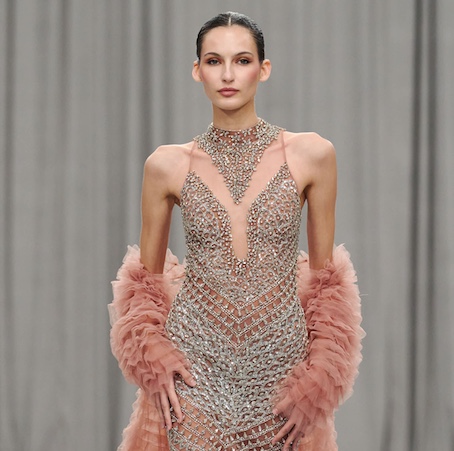The Rise of New Fashion Capitals Across the Middle East and Asia

20-11-2025
Once dominated by Western cities, the global fashion map is shifting. Emerging style hubs across the Middle East, Asia, and Africa are gaining influence, backed by booming event calendars, skyrocketing media attention, and thriving local industries. According to new research by women’s fashion brand Kaiia, these unexpected cities are reshaping what it means to be a global fashion capital.
To measure this evolution, Kaiia developed a Fashion Influence Index (0–100), evaluating each city across seven key indicators: Instagram hashtags tied to fashion, press coverage, fashion jobs, fashion weeks, ongoing events, fashion schools and the textile sector’s manufacturing presence.
Dubai: The New Epicenter of Global Style
Leading the list is Dubai, now widely recognised as the world’s fastest-rising fashion capital. Nearly 100,000 media mentions spotlight its expanding style scene, while social media buzz is even louder over 7 million Instagram posts highlight fashion moments from the city. Dubai also hosts an impressive 84 fashion events each year, cementing its status as the most unexpected powerhouse in the industry.

(FLTRD SS26 showing at Dubai Fashion Week)
Sydney & Melbourne: The Southern Hemisphere’s Style Powerhouses
Australia’s influence is driven primarily by Sydney and Melbourne, which together boast the busiest fashion calendars in the world, hosting up to 1,000 design events annually. Sydney alone organises around 420 shows and industry gatherings, receiving over 105,000 media mentions and listing 46 fashion-related jobs, underscoring the city’s vibrant and growing design ecosystem.
Mumbai: India’s Emerging Fashion Titan
Ranking third is Mumbai, propelled by nearly 120,000 media articles covering its dynamic mix of designers and new trends. The city’s digital footprint is substantial too, with over 2 million Instagram posts celebrating its style culture. Mumbai’s industry is also expanding structurally, with two design schools and 59 open fashion roles shaping the next generation of talent.
Lagos: Africa’s Style Beacon
In Africa, Lagos takes the lead. With three fashion weeks already planned for 2025, including the renowned Africa Fashion Week, it outpaces most global cities in the study. Its digital influence is remarkable as well, with nearly 5 million Instagram posts showcasing Lagos’ innovative designers and bold street style.
Delhi: A Second Indian Fashion Hub on the Rise
Delhi also earns a spot on the list thanks to its increasingly visible design community. The city hosts one major fashion week and 11 additional events, but its strongest influence comes through the media: a striking 135,000 pieces of coverage, the highest in the study. Like Mumbai, Delhi has two design schools and generates strong online buzz with 2 million Instagram posts documenting its fashion scene.
A Global Shift in the Fashion Power Structure
According to a Kaiia spokesperson, the momentum reflects a broader change in global taste and influence: “With Anna Wintour stepping down earlier this year, it feels like a symbolic shift. Western capitals still lead, but their dominance is fading. Vogue Korea or Vogue Japan often feels more forward-thinking than their Western counterparts.”
Middle Eastern and Asian brands are not only more visible, they’re rapidly growing, achieving over 40% expansion in just three years. Consumer interest in region-specific aesthetics, from Chinese streetwear to Korean minimalism, has created real economic power. Investors are backing these markets, supporting new studios and fashion weeks, while social media spreads local trends worldwide at unmatched speed.
(Images courtesy of Dubai Fashion Week SS26 and the Arab Fashion Council – Top image: Chic & Holland, second image: FLTRD)























